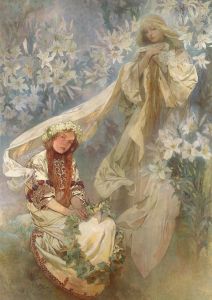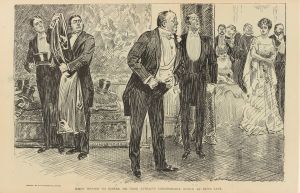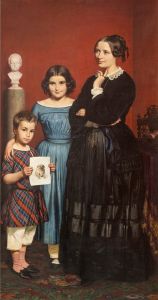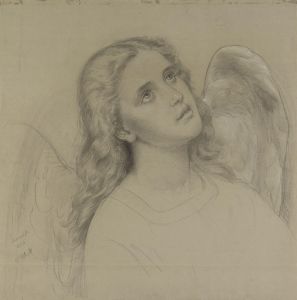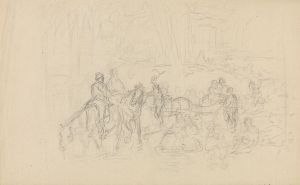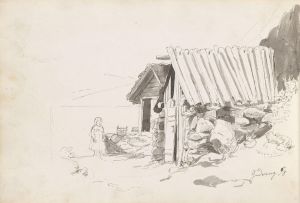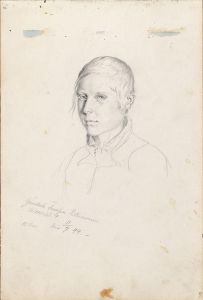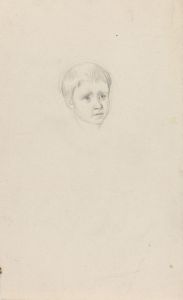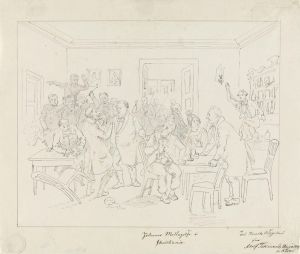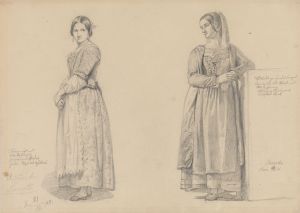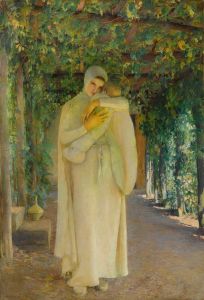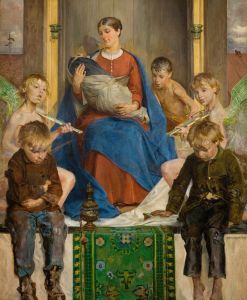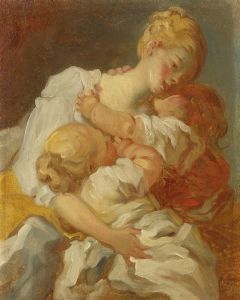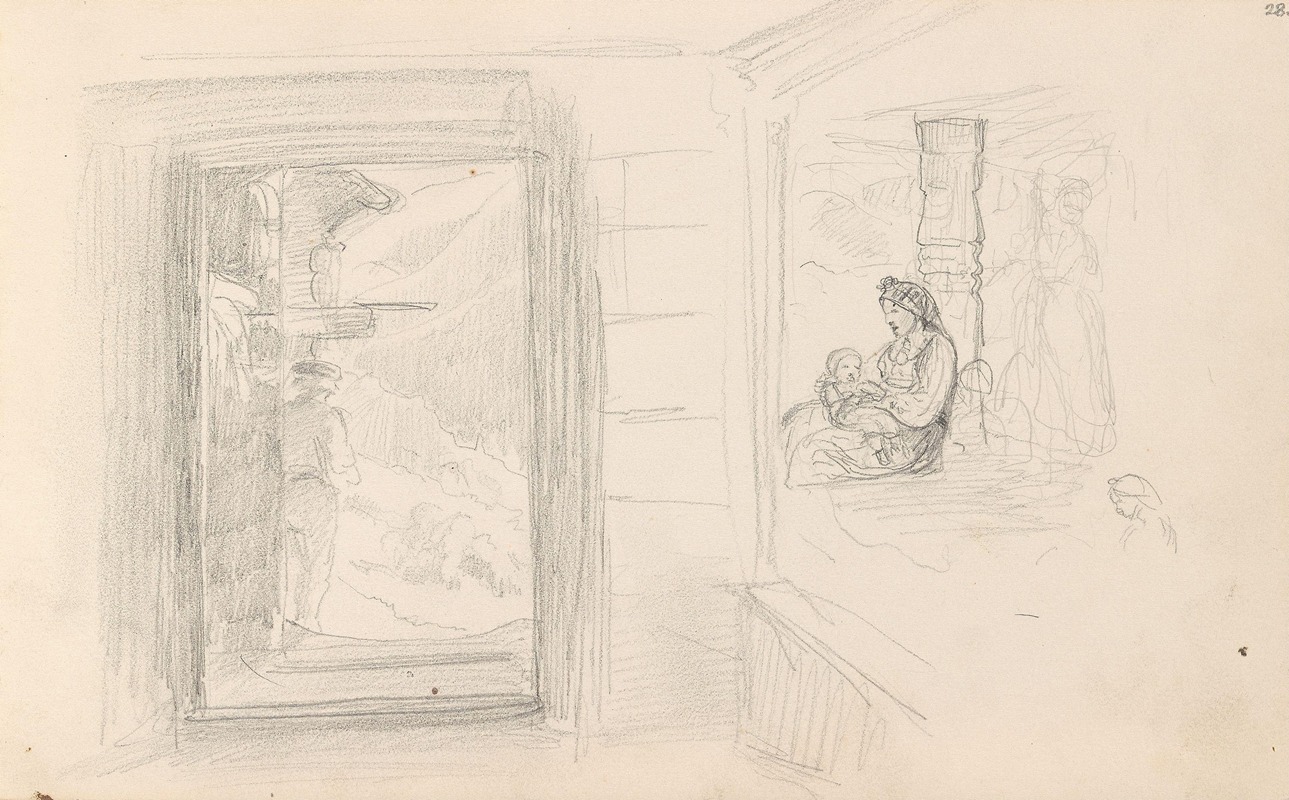
Mannsfigur i døråpning; kvinne med barn
A hand-painted replica of Adolph Tidemand’s masterpiece Mannsfigur i døråpning; kvinne med barn, meticulously crafted by professional artists to capture the true essence of the original. Each piece is created with museum-quality canvas and rare mineral pigments, carefully painted by experienced artists with delicate brushstrokes and rich, layered colors to perfectly recreate the texture of the original artwork. Unlike machine-printed reproductions, this hand-painted version brings the painting to life, infused with the artist’s emotions and skill in every stroke. Whether for personal collection or home decoration, it instantly elevates the artistic atmosphere of any space.
Adolph Tidemand (1814-1876) was a prominent Norwegian romanticist painter, renowned for his depictions of Norwegian folk life and traditions. One of his notable works is "Mannsfigur i døråpning; kvinne med barn," which translates to "Man Figure in Doorway; Woman with Child." This painting is a fine example of Tidemand's ability to capture the essence of rural Norwegian life during the 19th century.
The painting portrays a domestic scene, a common theme in Tidemand's oeuvre, where he often focused on the daily lives and environments of Norwegian peasants. In "Mannsfigur i døråpning; kvinne med barn," the composition is divided into two distinct parts. On one side, a man stands in a doorway, possibly suggesting a moment of arrival or departure. His presence in the doorway creates a sense of transition and movement, adding a dynamic element to the otherwise static scene.
On the other side, a woman is depicted with a child, emphasizing the familial and nurturing aspects of rural life. The woman’s posture and the way she holds the child convey a sense of care and protection, highlighting the intimate bond between mother and child. This duality in the composition underscores the interconnected roles within a traditional Norwegian household, where both men and women had distinct yet complementary responsibilities.
Tidemand's attention to detail is evident in the way he renders the clothing and interior setting. The traditional Norwegian costumes worn by the figures are meticulously painted, reflecting the artist's dedication to authenticity and his interest in preserving Norwegian cultural heritage. The interior of the home, with its simple yet functional furnishings, provides a glimpse into the living conditions of the time.
The use of light and shadow in the painting is also noteworthy. Tidemand skillfully employs chiaroscuro to enhance the three-dimensionality of the figures and to create a warm, inviting atmosphere. The light streaming in from the doorway not only illuminates the man but also subtly highlights the woman and child, drawing the viewer’s eye across the entire composition.
Adolph Tidemand's works, including "Mannsfigur i døråpning; kvinne med barn," played a significant role in the national romantic movement in Norway. His paintings were instrumental in fostering a sense of national identity and pride by celebrating the country's rural traditions and way of life. Tidemand's art was well-received both in Norway and abroad, and he remains a key figure in Norwegian art history.
"Mannsfigur i døråpning; kvinne med barn" is housed in the National Museum of Art, Architecture, and Design in Oslo, Norway. The museum holds a significant collection of Tidemand's works, allowing visitors to appreciate the artist's contribution to Norwegian cultural heritage. Through his detailed and heartfelt depictions of everyday life, Adolph Tidemand continues to be celebrated for his ability to capture the spirit of 19th-century Norway.






